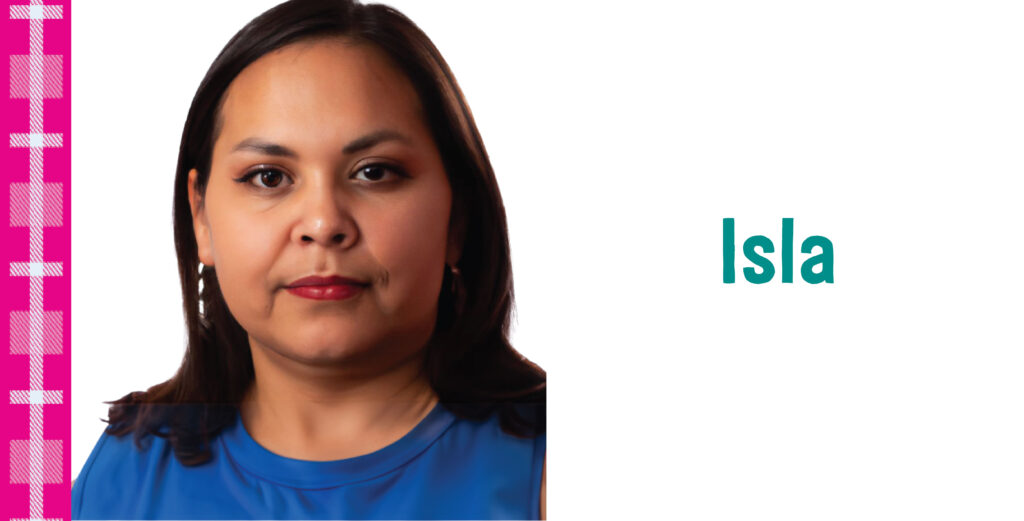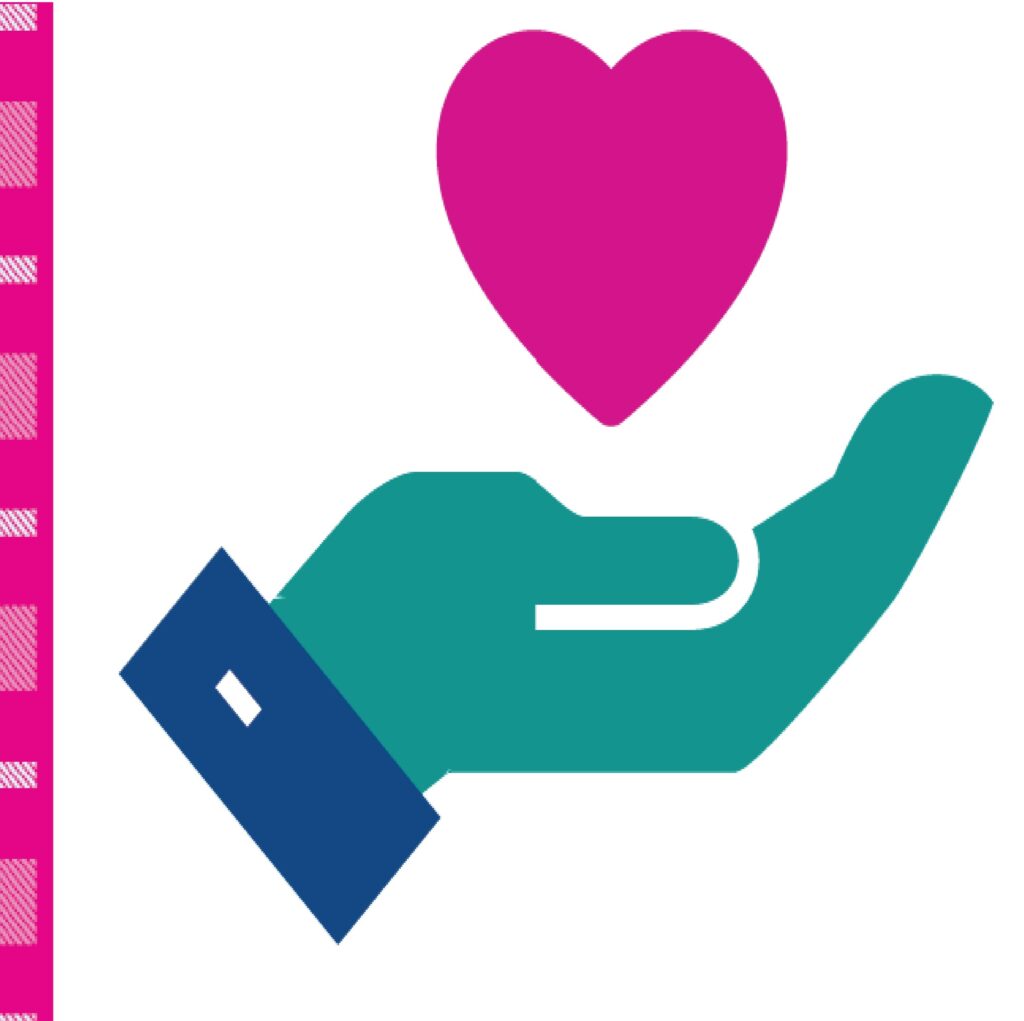Welcome to the Women’s Heart Health eLearning Module, a comprehensive educational resource designed for both health professionals and the general public in Scotland.
This module aims to shed light on the unique aspects of heart health in women, dispelling misconceptions and presenting evidence-based facts to enhance understanding and promote better cardiovascular care. It seeks to be an accessible, high-quality educational resource that empowers healthcare professionals, women, and others with the knowledge and tools needed to promote cardiovascular health in women.
Chest Heart & Stroke Scotland has funded this module as part of our ongoing efforts to advocate for women’s health, support those affected by heart disease, and proactively address the health inequalities that impact women. This eLearning resource is an endeavour of CHSS’ Women’s Health Action Plan and the No Life Half Lived 2023-28 strategy.
- The CHSS No Life Half Lived 2023-28 strategy aims make Scotland a place where people with our conditions live full lives, with the right support, at the right time, and in the right place.
- CHSS developed a Women’s Health Action Plan that aligns with the Scottish Government’s plan to support women’s health. The CHSS’ Women’s Health Action Plan outlines how CHSS will improve public understanding and awareness, supporting more women with our conditions, educating and supporting staff & volunteers about women’s health issues, refreshing training for health professionals, and more. This plan is an example of CHSS’ commitment to promoting equitable health outcomes and improving the quality of life for women and those affected by our conditions.
Disclaimer: Throughout this eLearning module, the term ‘women’/’woman’ is used. It is important to highlight that it is not only those who identify as women who require access to women’s health and reproductive services. For example, some transgender men, non-binary people, and intersex people or people with variations in sex characteristics may also experience menstrual cycles, pregnancy, endometriosis and the menopause.
Please note that the overarching recommendation of this module is that all healthcare services should be respectful and responsive to individual needs.
To learn more about gender and health, please visit Gender and health (who.int)


General Medical Disclaimer: The information, including but not limited to, text, graphics, images, recommendations, opinions and other material contained on or accessed through this website (or in any module or content accessible through this website) (together “Website”), is intended for general informational purposes only. The information should not be considered as professional medical advice, diagnosis, recommendations or treatment. The information on this Website is provided without any assurance, representations or warranties, express or implied. We do not warrant that the information on this Website is applicable to all healthcare practices, geographical locations, health needs or circumstances. We do not warrant that the information on this module is complete, true, accurate, up-to-date, or non-misleading. You should always seek the guidance of a qualified healthcare professional before making any decisions related to your health or wellbeing. Never disregard or delay seeking medical advice due to something you have read on this Website. The use of or any reliance placed on any information provided on or accessed through this Website is solely at your own risk. If you have any specific questions or concerns about your health, please consult a qualified healthcare provider or other qualified medical professional. Do not rely on the information on this Website as an alternative to medical advice from your doctor or other qualified professional healthcare professional or healthcare provider.




